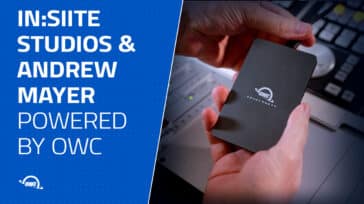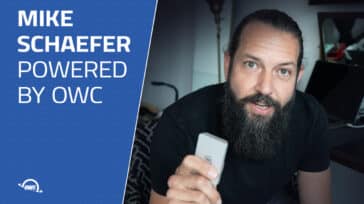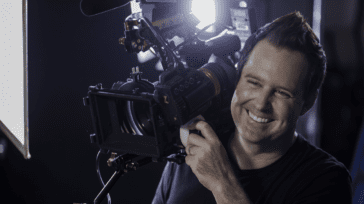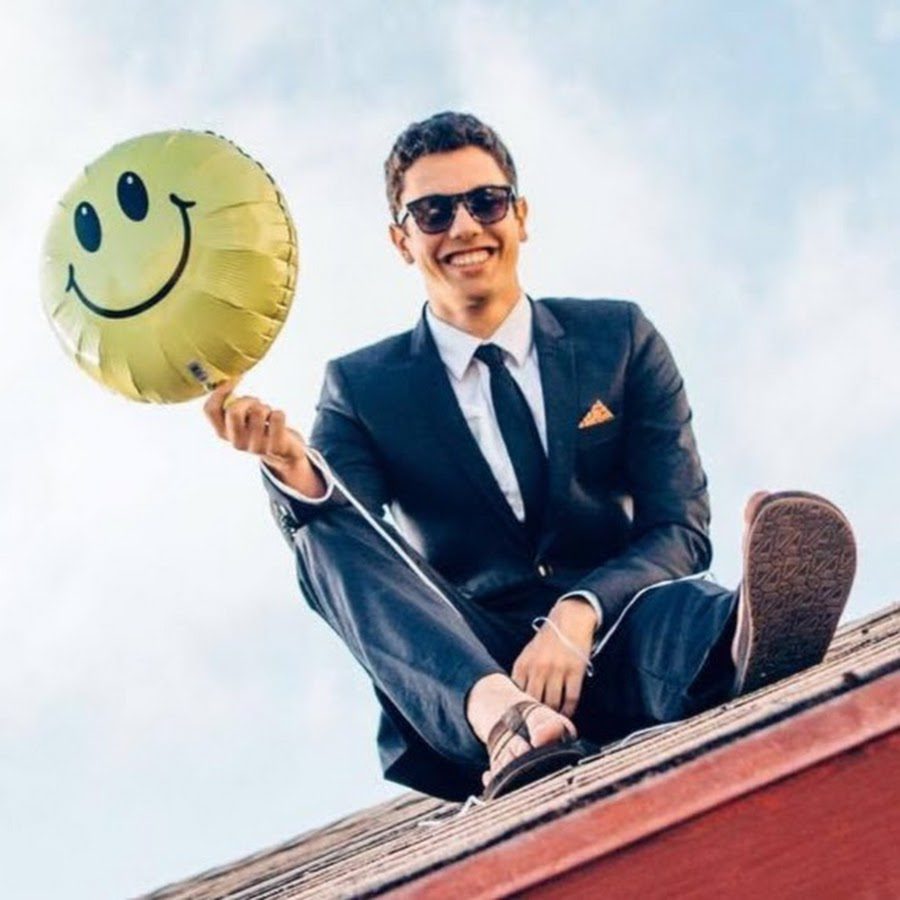
Telling stories is an extremely powerful way to influence, teach, and most importantly, inspire others. This is precisely why the digital media brand Yes Theory was founded. In a Forbes interview, co-founder Ammar Kandil explained that at its core, “Yes Theory is a movement that encourages individuals to say ‘yes’ to doing things that take them out of their comfort zone in order to grow as individuals.”
Yes Theory was originally built around a YouTube channel and has now expanded to multiple mediums including the Yes Theory Podcast. We interviewed Thomas “Tommy” Dajer, Lead Video Editor, to learn about his passion for storytelling, and how the team has successfully used OWC solutions to their advantage.
It all starts with passion
Tommy spoke with great fervor about his reasons for getting into editing and telling stories. He explained that his reason for creating is not a “want to” but rather a “have to,” and for him, it’s a way of sharing his feelings and emotions.
The reason I got into editing in the first place is that I love movies—and just storytelling and adventures. I make the stories I want to tell and edit the videos that I feel like I would want to watch.
Tommy Dajer
Making memories
When it comes to shooting videos and editing, Tommy said that posting once a week is hard, and it’s an endless grind. But, he also said that he and the team love what they do, and “love the message that they preach.”
It’s most definitely a team effort, and it takes a group of people working together with the same belief to make the magic happen. At Yes Theory, there are usually four to five people working at a time on a video—to collectively make it better, the best that they can.
Tommy said that one of the most impactful videos he edited was when one of the creators, Ammar, couldn’t go back to Egypt for seven years because of his obligatory military service.
The team traveled to Egypt in 2017 and came back with a lot of footage—that Tommy used to make a Super 8 type video to recall the memories they made there. The nostalgic video montage sequence included a reunion with Ammar’s family.
To me, that was one of the most impactful videos that I’ve released. It felt like a personal project that I released to the world—and I think it touched a lot of people around the world who are in the same situation as him. They miss their families and they miss their community—and they love them, but they can’t go back for military or political reasons. That definitely touched me when I released.
Tommy Dajer
The creative process
Tommy would love to be involved in every aspect of the creative process, but doing that for large-scale videos every week is nearly impossible. That’s why putting the right team in place is so crucial. He enjoys working with people who are excited to work on a particular project or part of a video. In Tommy’s words, it’s about “putting the passionate people in the right spots.”
As part of the creative process, Tommy reviews everything to ensure that it’s moving smoothly with the rest of the channel—and most importantly, to ensure that the message is consistent.
The creators brought on four additional editors over the last few years—and for the first time, they can now all edit seamlessly without moving computers, shuffling things around, and getting disorganized—thanks to OWC’s technical solutions.
The OWC solutions that work
When looking for a technology partner, Tommy said that it’s all about “synergy.” It’s important that everyone is on the same wavelength of the philosophy of life, and mainly just being genuinely kind and good humans. “It’s cool to know that the tech side also supports the philosophy that we’re constantly putting out,” said Tommy.
Jellyfish
Tommy explained that OWC’s Jellyfish storage has made the editing process run smoother than ever before. Previously, the team was switching computers while editing, which made things difficult with so many people. Now that they are using the Jellyfish, they are all hooked up together—there are four people on the main system, making it easy to swap projects in and out. This has greatly simplified their process compared to how they used to operate.
We’ve edited two full documentaries on the Jellyfish and we’ve edited all of our videos over the past three years on the Jellyfish. And it’s been super useful for us to maintain the speed at which we’re posting videos, and also the quality of them.
Tommy Dajer
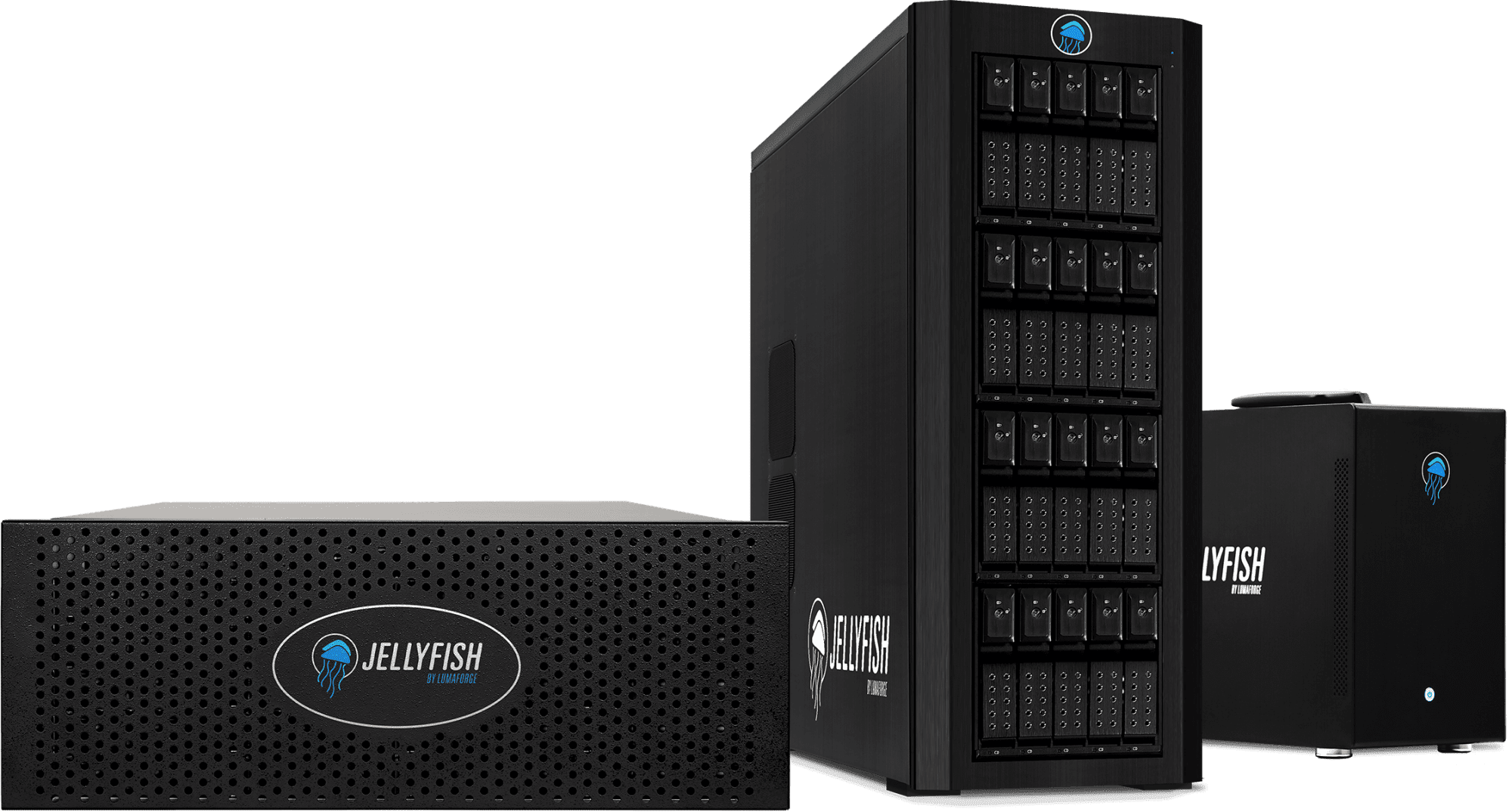
Thunderbay

When the Jellyfish was loading up and getting close to full storage, Tommy said they offloaded a lot of their older footage to OWC’s Thunderbay 8. Having the footage secured in more than one place gave him the peace of mind he needed.
When he first started out, Tommy was afraid that he didn’t have the right equipment. Now, he says that you don’t need great editing software to be a good editor. “You just need the passion and the need to tell stories. That’s what makes you a great creator and there’s no replacing that,” he said.
The mission
Along the way, the creators of Yes Theory realized that their mission was to “seek discomfort.” In short, that means pushing yourself beyond your limits, enjoying life’s most beautiful moments, and making meaningful connections—all outside of your comfort zone.
The sky has certainly been the limit for these creators—they have since exceeded 7 million subscribers on YouTube, launched an apparel line—poignantly called “Seek Discomfort,” and bungee jumped out of a helicopter with Will Smith into the Grand Canyon on his 50th birthday.
One day, Tommy hopes to make a Yes Theory documentary that will look back on everything they’ve done over the years.
Stay tuned… because I have a feeling that there’s still a lot more to come from Yes Theory!
View the complete OWC interview with Tommy.
Follow Yes Theory:
Instagram
Twitter
Facebook
LinkedIn
TikTok

